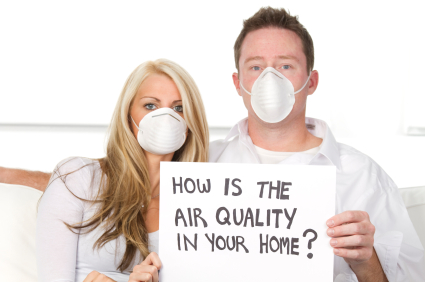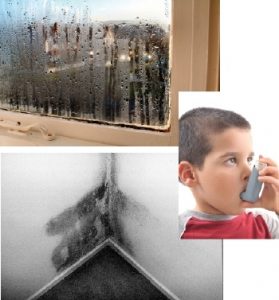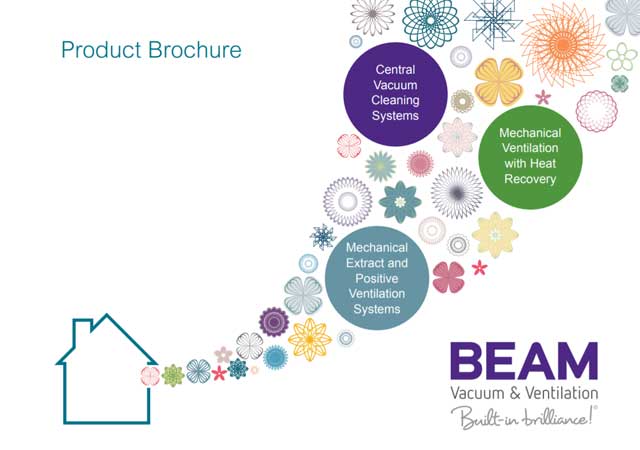Is the quality of air in your home affecting your Health?

Did you know..?
- 81% of people are at risk of suffering from a respiratory or dermatological condition because of poor air quality inside their home.
- 58% of people have experienced mould or condensation in their home.
- Indoor air may contain over 900 chemicals, particles and biological materials with potential health effects.
- 58% of people have experienced mould or condensation in their home.
- We spend more than 90% of our time indoors and indoor air can be up to 50x more polluted than outdoor air!
One of the things that people seem to take for granted these days is the indoor air quality. When people look for a house, apartment or office space, IAQ is the least of their concerns. It is only when they start to get sick when they consider the importance of air quality. Polluted air can lead to irritation of the nose, throat, and eyes. Eyes will be irritated, and people tend to cough, wheeze, or have difficulty in breathing. Existing heart and lung problems will worsen, and allergies will be developed. see our common symptoms below that can be caused by poor indoor air quality!
Common Symptoms
- Coughing
- Sneezing
- Watery Eyes
- Fatigue
- Dizzines
- Headaches
Severe Symptoms
- Eye Irritation
- Fever / Chills
- Rashes
- Hearing Loss
- Muscle Pain
- Nose Bleeds
- Respiratory Problems
- Wheezing
- Asthma
- Lung Disease
Pollutants in the home
Deteriorating health, as a result of poor air quality inside the home, can be caused by the following pollutants
Biological Pollutants
 Mould spores (microscopic particles) are found everywhere. They are released into the atmosphere by damp spots on walls, window frames or even decaying food. They can be common in houses which have little or no ventilation. Pollen can be a pollutant factor in your home, usually brought in from outside either by leaving your windows open in high pollen seasons or even by walking around the house in shoes you have worn outside. Dander is tiny particles, which come from feathers, skin, or hair, that may cause allergies.
Mould spores (microscopic particles) are found everywhere. They are released into the atmosphere by damp spots on walls, window frames or even decaying food. They can be common in houses which have little or no ventilation. Pollen can be a pollutant factor in your home, usually brought in from outside either by leaving your windows open in high pollen seasons or even by walking around the house in shoes you have worn outside. Dander is tiny particles, which come from feathers, skin, or hair, that may cause allergies.
VOCs
A lot of everyday cleaning products contain chemicals known as volatile organic compounds (VOCs). VOCs can trigger asthma and are found in air fresheners, carpet cleaners, polish and oven cleaners.
Gases
Radon is a natural radioactive gas that comes mainly from the soil. It can enter a home through:
- cracks in solid floors
- construction joints
- cracks in walls
- gaps in suspended floors
- gaps around service pipes
- cavities inside walls
- the water supply
Carbon Monoxide is a gas that has no odour or colour and can have a serious effect on your health. It is present in homes through:
- cooking
- heating
- from the outdoor environment
- clogged chimneys
- wood burning
- incense burning
- cigarette smoke
- burning candles
Building Materials
Paint can contain lead and formaldehyde which can lead to health problems such as breathing difficulties, increased blood pressure and joint pain.
Asbestos is the name of a group of minerals with long, thin fibres that are so small you can’t see them. If you disturb asbestos, the fibres can float in the air. This makes them easy to inhale, and some may become lodged in the lungs.

